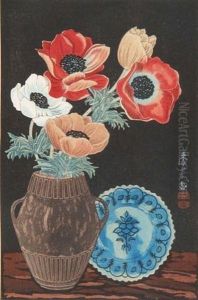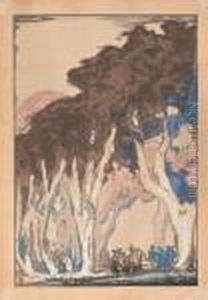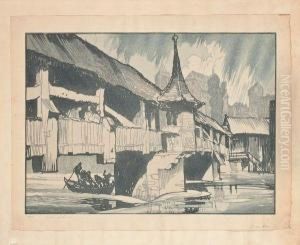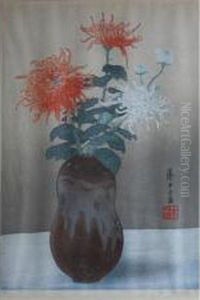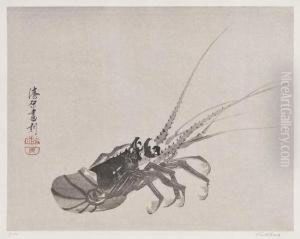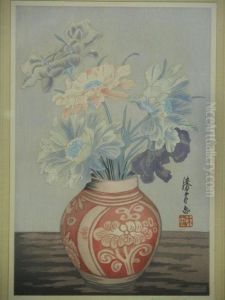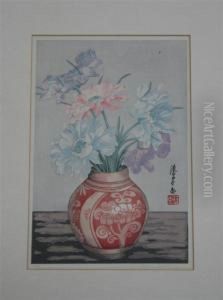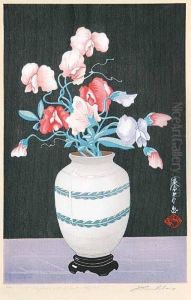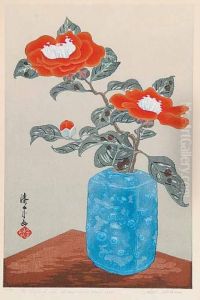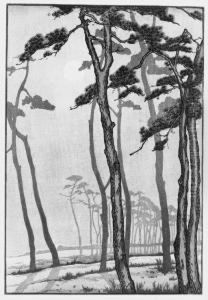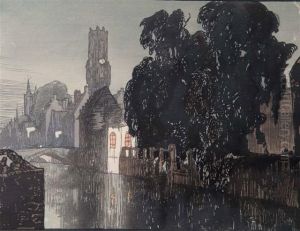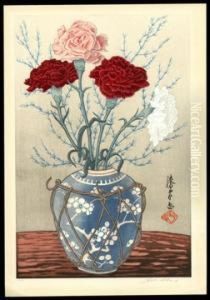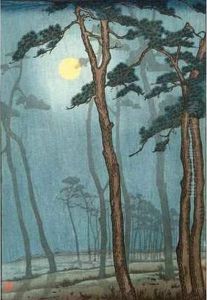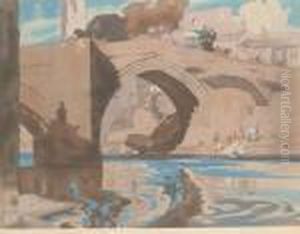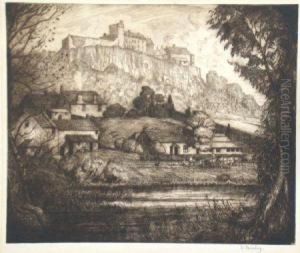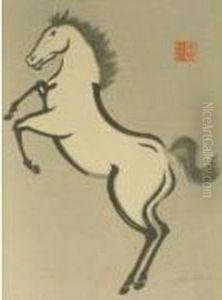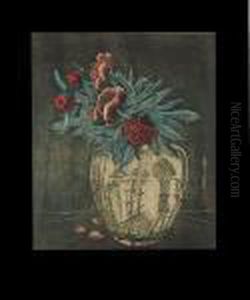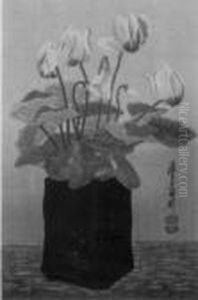Yoshijiro Urushibara Paintings
Yoshijiro Urushibara was a prominent Japanese printmaker who played a pivotal role in the early 20th-century European Japonisme movement, which saw the infusion of Japanese art techniques and motifs into Western art. Born in Tokyo, Japan, in 1888, Urushibara moved to London in the early 1900s, where he would spend most of his career and significantly impact the appreciation and practice of Japanese woodblock printing techniques in Europe.
In London, Urushibara collaborated with European artists, including Frank Brangwyn, with whom he created a notable series of prints. These collaborations were instrumental in introducing and integrating traditional Japanese printmaking techniques into Western art, bridging the gap between the two cultures and influencing the direction of Western printmaking.
Urushibara's work is characterized by its meticulous craftsmanship and the subtle use of color, which closely aligns with the tradition of ukiyo-e, a genre of Japanese woodblock prints. He was adept at capturing the essence of both Japanese and European landscapes, flora, and fauna, making his work appealing to a broad audience. His prints often featured landscapes, flowers, and animal subjects, rendered with a delicate balance of realism and stylization that was both uniquely Japanese and appealing to Western tastes.
Throughout his career, Urushibara exhibited his work in various European countries, gaining recognition and accolades for his contribution to the art world. Despite the challenges faced by an expatriate artist, his dedication to his craft and his role in cultural exchange earned him a respected place among both his Japanese peers and his European contemporaries.
Yoshijiro Urushibara returned to Japan shortly after World War II, where he continued to work until his death in 1953. His legacy lives on through his prints, which continue to be celebrated for their beauty and technical proficiency, as well as for their role in the cross-cultural exchange between Japan and the West during a pivotal period in art history.
